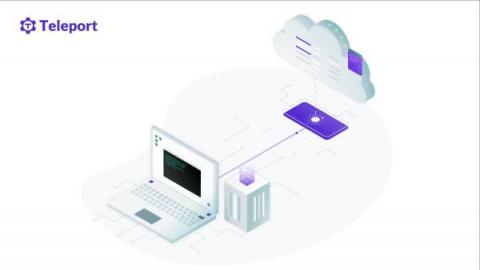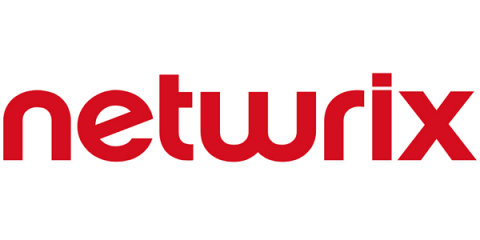Security | Threat Detection | Cyberattacks | DevSecOps | Compliance
Latest News
TellYouThePass Ransomware Analysis Reveals a Modern Reinterpretation Using Golang
The TellYouThePass ransomware family was recently reported as a post-exploitation malicious payload used in conjunction with a remote code execution vulnerability in Apache Log4j library, dubbed Log4Shell. TellYouThePass was first reported in early 2019 as a financially motivated ransomware designed to encrypt files and demand payment for restoring them. Targeting both Windows and Linux systems, TellYouThePass ransomware re-emerged in mid-December 2021 along with other ransomware like Khonsari.
FIN7 Sends BadUSB Devices to U.S. Businesses as Part of Targeted Ransomware Campaign
First reported by The Record, the FBI has issued a new security Flash Alert warning organizations that the cybercrime gang FIN7 is again sending malicious USB drives to U.S. business targets in the transportation, insurance and defense industries through the U.S. Postal Service and United Parcel Service. This latest wave of attacks began in August 2021 with FIN7, which is also known as Carbanak Group and Navigator Group. The drives can be recognized by the LilyGo label on the case.
Building Out SaaS Incident Response Capabilities
Every functioning security team has an incident response plan. Advance strategizing and preparation are absolutely imperative to ensure a quick response to data breaches, ransomware, and numerous other challenges, but most companies first developed that plan years, if not decades, ago and now only revisit it periodically. This is a problem. How many organizations have developed a separate incident response plan to address the unique risks of the software-as-a-service (SaaS) era? Far too few.
Netskope Threat Coverage: Night Sky
Naming themselves Night Sky, a new ransomware family was spotted on the first day of 2022, by the MalwareHunterTeam. They appear to work in the RaaS (Ransomware-as-a-Service) model, similar to other ransomware groups like REvil, LockBit, and Hive, publishing stolen data exfiltrated throughout the attack in a deep web site if the ransom is not paid by the victim. Currently, there are two companies listed on their deep web site, where the group has published the victim’s allegedly stolen data.
What You Need to Know About Adding a SaaS Component to Your Hardware or Software Business
Many market-leading companies who have dominated their respective sectors with hardware or on-prem/installable software solutions are turning to SaaS offerings to fuel the next phase of their growth. Why? Simple. Market valuations are much higher for SaaS companies than they are for traditional software and hardware companies. The median multiple on earnings for a SaaS company is 12.7x as of Q3 2021 according to venture capitalist Jamin Ball who tracks the Public Cloud Software (e.g.
The Most Distracting Websites to Block at Work in 2022
Are distracting websites draining the productivity of your employees? Web filtering software is crucial for enforcing your internet use policy and keeping employees focused on their tasks. After starting your free web filtering software trial this introductory list will help you start blocking internet sites at work.
Your Data is Everywhere: Here are the Critical Capabilities of a Modern Data Loss Prevention (DLP)
In some ways, IT teams had a great life in the early 2000s. Data was stored inside data centers and accessed through known ingress and egress points like a castle with a limited number of gates. As a result, organizations had control over exactly whom and what devices could access company data. This is no longer the case. With users accessing cloud applications with whatever networks and devices are at their disposal, those defense mechanisms have become inadequate.
What Is FIM (File Integrity Monitoring)?
Change is prolific in organizations’ IT environments. Hardware assets change. Software programs change. Configuration states change. Some of these modifications are authorized insofar as they occur during an organization’s regular patching cycle, while others cause concern by popping up unexpectedly. Organizations commonly respond to this dynamism by investing in asset discovery and secure configuration management (SCM).
Understanding LSA Protection
Securing your Windows servers and Windows 10 running is vital, especially given today’s sophisticated threat landscape. These are usually the first machines to be compromised in an attack through exploitation of the weakest link in the chain — the user. Through trickery and social engineering, threat actors gain access to these machines and then seek to move laterally and elevate their privileges.











